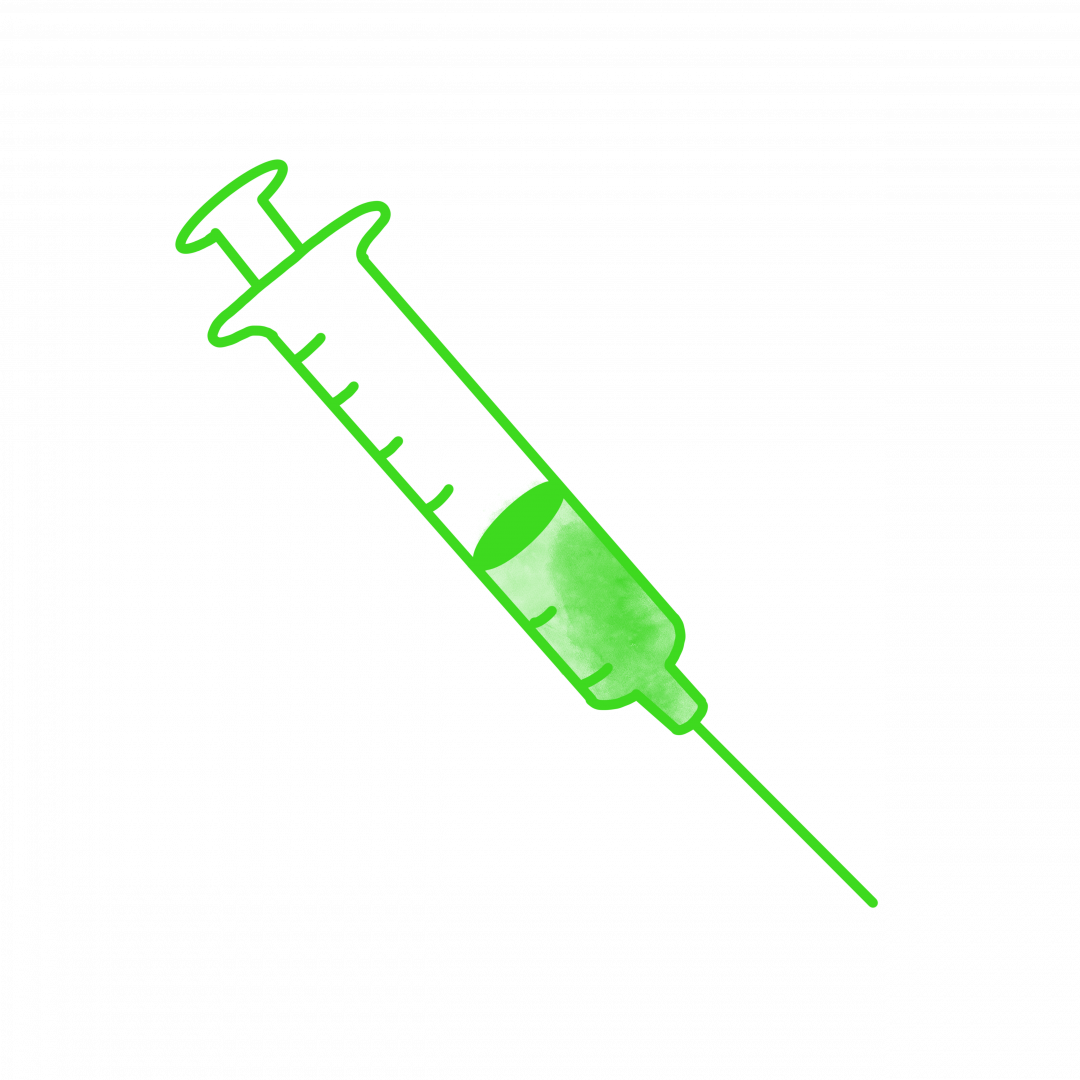Mumps is a contagious viral disease that affects your saliva-producing glands located near the ears.

How is Mumps Spread?

Mumps is an airborne virus and can be spread by: coughing, sneezing, and talking. It can also be spread if an infected person touches their nose or mouth, and proceeds to transfer the virus onto an object.1

Mumps can be spread a few days before the salivary glands begin to swell and up to 5 days after. A person diagnosed with Mumps is advised to avoid contact with others until then.1
Symptoms
Some people who become infected with Mumps will show either no or very mild symptoms. Symptoms2 can appear two to three weeks after infection.

The most common symptom is swelling of one's salivary glands, causing puffy cheeks. Other common symptoms include:

Pain in one or both sides of the face

Pain while chewing/swallowing

Fever

Weakness/Fatigue
Complications
Though rare, complications of mumps can occur, especially in adults.
Common Complications2

Inflammation of the brain (encephalitis)

Swelling of the testicles (orchitis)

Pancreatitis, which causes pain in the upper abdomen

Swelling of the ovaries (oophoritis) and/or breast tissue (mastitis)
Severe Complications3

Hearing Loss

Heart problems such as abnormal beating and disease

Miscarriage
The Mumps Vaccine

There are two vaccines that can help to prevent mumps:
- MMR Vaccine - protects against mumps, measles, and rubella
- MMRV Vaccine - protects against mumps, measles, rubella, and varicella (chickenpox)
Mumps Vaccine Safety
The MMR vaccine contains live, attenuated (weakened) measles, mumps, and rubella viruses. It does not cause the disease in healthy people,but this vaccine should not be given to those with compromised immune systems. Side effects can occur over time, but come fewer after each dose.
Mumps Vaccine Effectiveness
Figure 1.4

A) Overall rates of reported mumps cases declined after vaccine licensure in 1967, with notable outbreaks around 1984 to 1992 among adolescents and around 2006 among young adults

B) Peaks of mumps susceptibility among 10-19yo and 20-29yo is suggested to be due to waning immunity rather than vaccine failure-related reasons

C) Declining reported mumps cases that causes symptoms due to vaccine protection against symptoms
Herd Immunity

Communities that have very high rates of vaccination further benefit from herd immunity, conferring increased protection to those unable to receive the vaccination.
Mumps Vaccine Schedule
Figure 2.5

How do I know if I'm protected against mumps?
Your vaccination records are the best way of knowing if you have been vaccinated. If these records cannot be found, your doctor may perform a blood test. Speak with your doctor if you are unsure about your immune status.
Types of Mumps Vaccines

Name: MMR
Manufacturer: Merck
Protections Conferred: Measles, Mumps, and Rubella
Age Range: 12 months or older

Name: Proquad
Manufacturer: Merck
Protections Conferred: Measles, Mumps, Rubella, Varicella
Age Range: 12 months or older
Side Effects
In some cases, vaccines may cause side effects6. Always speak with your doctor about any concerns you may have.

Injection site redness or rash

Fever

Joint or muscle stiffness

Injection site pain or soreness
The Bottom Line
Currently, there is no cure for mumps and there is the chance that it can cause long-term health problems. Despite the large decrease in mumps cases since the U.S. implementation of a mumps vaccination program, outbreaks can still occur. The risk is even higher in settings where people have close prolonged contact such as universities and workplaces.
Sources
1. Mumps. Centers for Disease Control and Prevention. https://www.cdc.gov/mumps/about/transmission.html. Published March 15, 2019. Accessed April 22, 2020.
2. Mumps in Adults. Mumps in Adults | Johns Hopkins Medicine. https://www.hopkinsmedicine.org/health/conditions-and-diseases/mumps-in…. Accessed April 22, 2020.
3. Mumps. Mayo Clinic. https://www.mayoclinic.org/diseases-conditions/mumps/symptoms-causes/sy…. Published September 26, 2018. Accessed April 22, 2020.
4. Lewnard JA, Grad YH. Vaccine waning and mumps re-emergence in the United States. Science Translational Medicine. https://stm.sciencemag.org/content/10/433/eaao5945.full. Published March 21, 2018. Accessed April 22, 2020.
5. Vaccine for Measles (MMR Shot). Centers for Disease Control and Prevention. https://www.cdc.gov/measles/vaccination.html. Published June 13, 2019. Accessed April 22, 2020.
6. Measles, Mumps, Rubella, And Varicella Virus Vaccine Live (Subcutaneous Route) Side Effects. Mayo Clinic. https://www.mayoclinic.org/drugs-supplements/measles-mumps-rubella-and-…. Published February 1, 2020. Accessed April 22, 2020.
